Feature Story on Crete: The Must-Visit Landmarks of Culture
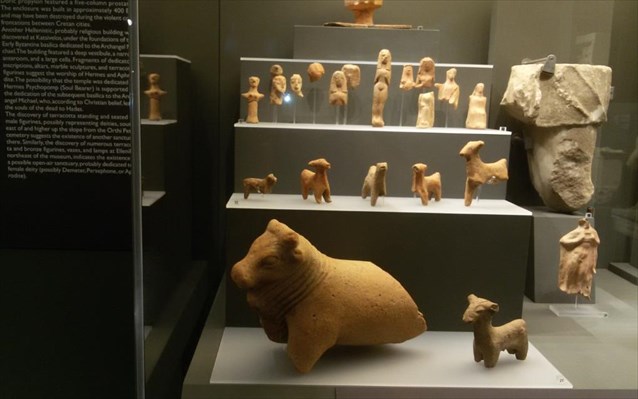
Surely Crete has numerous landmarks of culture that one can get literally get lost in.
The history, the traditions, and the culture are all extremely evident in all such landmarks. Therefore, we decided to write two articles, one about the must-visit landmarks of culture and a second one about the lesser-known but equally important. So, stay tuned for next week’s article as well!
Let’s dive into which historical landmarks of culture we believe are the must-visits of Crete. We are also sharing a couple of our best experiences where we combine various of those landmarks!
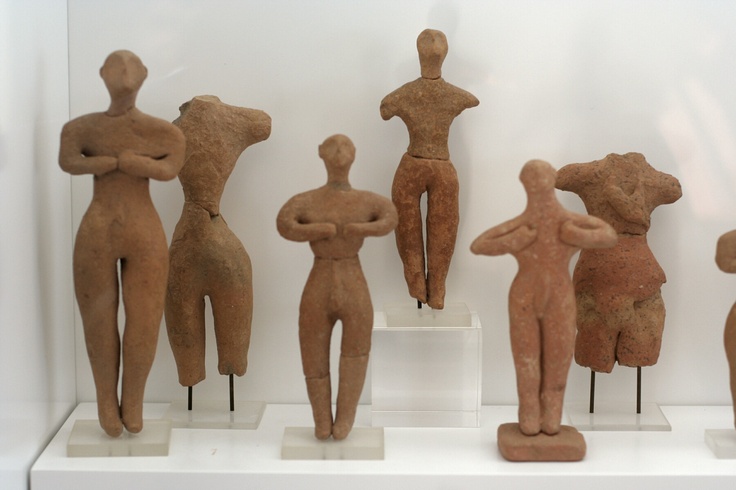
Heraklion Archaeological Museum
It is located in the center of the city and is one of the largest and most interesting museums in Greece. They founded it in 1908 to house the first collections of Cretan antiquities and today houses 7,500 exhibits, representative samples from the Neolithic era to Roman times. Its collection of Minoan antiquities is the most valuable in the world. It is rightly one of the most important museums of Minoan civilization. Finally, among the masterpieces of Minoan art on display, you will see the serpent goddesses, the Linear B tablets from Knossos, the Phaistos Disc, etc.
The current building of the museum was built between 1935 and 1958 according to the plans of the architect Patroklos Karatinos and was characterized as a pioneering example of the modern architectural movement.
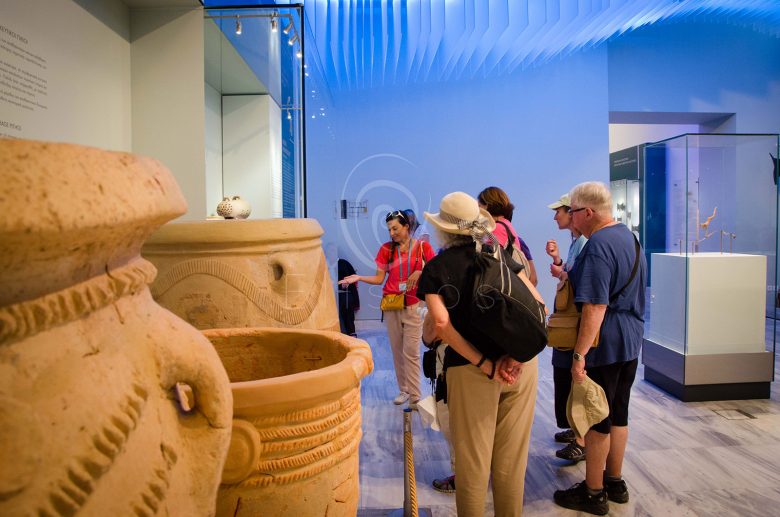
Elissos Tour: Knossos Palace and the Archaeology Museum
You start our day visiting the most important archaeological site on Crete and the second most visited archaeological site of the country, the Minoan palace of Knossos, the mythical Labyrinth of Hommer. Concentrating on the prehistoric era of the island, revealing its unique historic course, and penetrating its ancient prehistoric cult, arts, and ritual practices, you will be visiting an amazing area of 22.000sq meters.
Finally, your journey into prehistoric times will end by visiting the biggest prehistoric collection of artifacts in Greece. The archaeological museum of Heraklion, where you can see at close range all treasures from all Minoan palaces and other Minoan areas excavated on Crete.
Museum of Contemporary Art of Rethymno
The Museum of Contemporary Art was created by merging the old Municipal Gallery “L. Kanakakis” and the Center for Contemporary Visual Creation. Its permanent collection numbers around 680 works by contemporary Greek artists, representative examples of Greek visual reality from 1950 to today. The museum is in a Venetian building in the center of the Old Town of Rethymno. It was a former soap factory and one of the first industrial sites to operate on the island.
Maritime Museum of Crete
The Venetians built the main building of Revelino del Porto fortress to fortify the port of Chania. They founded it in 1973 to promote the maritime tradition and history of the island. The collections are organized into three exhibitions. Firstly, the permanent collection includes 2,500 items. Such as relics, paintings, maps, photographs, ship models, naval equipment, etc., which are presented in sections and chronological order from the Bronze Age to the present day. Furthermore, the second exhibition presents a large collection of shells from various parts of the world. Finally, the third is dedicated to ancient and traditional shipbuilding. The main exhibit is the reconstructed ship of the Minoan era “Minoa”. It is actually a faithful copy of an ancient merchant ship.
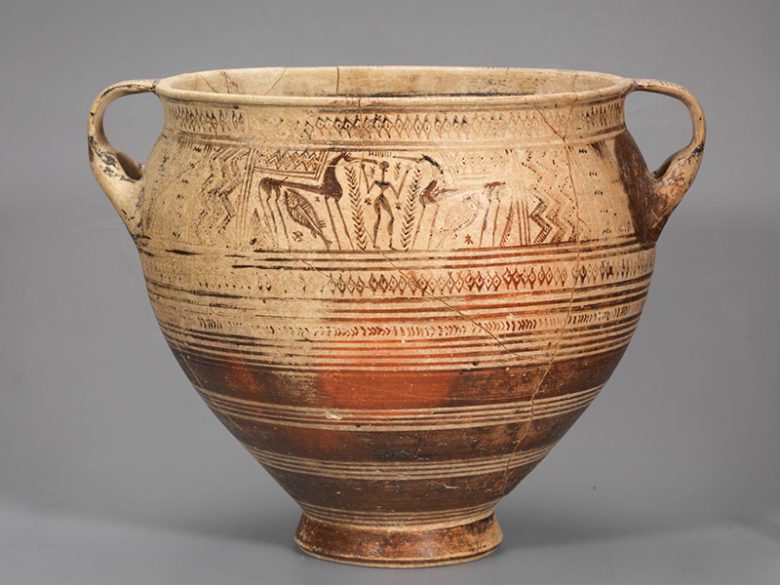
Exhibit at Eleftherna Archaeological Museum Photo Credit: Eleftherna Archaeological Museum
Eleftherna Archaeological Museum
The archaeological site of Archaia Eleftherna is 30 km from the city of Rethymno. Its main excavation area extends over the hills of Pyrgi and Nisi. In 2016 they inaugurated the museum. Why is it a model museum? Because it is located next to the ancient city and is the first museum inside an archaeological site in Crete. Its three halls house objects of daily life and works of art from 3000 BC. to 1300 AD. Those objects present what public, political, religious, social, and private life was like in Eleftherna. Furthermore, it serves as a tribute to the necropolises of the region.
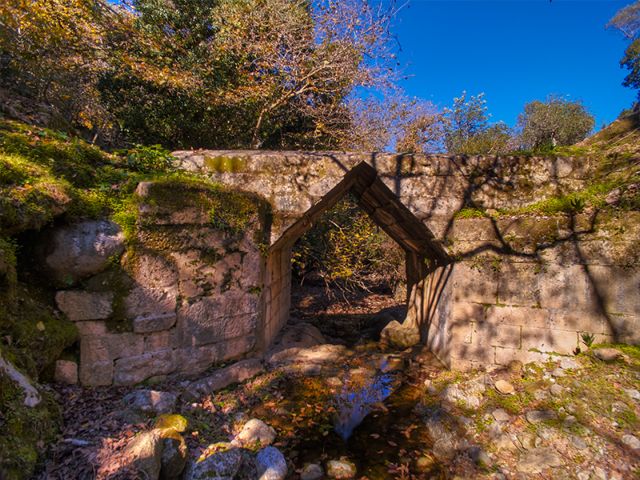
Elissos Tour: Greco-Roman Wonders
You will start your day visiting the newly excavated ancient Greek City of Eleutherna and its unique Museum. Eleutherna is the most important archaeological site of the Rethimnon region.
Built in an area between three hills, Eleutherna is the location of impressive findings from the 9th century BC to the 5th century AD, such as the Necropolis or “Orthi Petra”, the Acropolis, and the Basilica of Archangel Michael.
Moreover, passing through beautiful little villages on the way, you will reach the traditional village of Margarites. Famous for its pottery-making tradition.
Finally, you will visit a local pottery workshop, where you will find out all about the pottery techniques of the area. Following, you will try to create your own masterpiece with the help of the potter. A walk inside the village and a stop at a local coffee shop will follow.
Natural History Museum of Crete
The University of Crete investigates the natural peculiarities of Mediterranean countries. Its programs and actions aim to preserve, manage and highlight the natural heritage of the Mediterranean environment. The collection has thematic sections that include specimens and exhibits from the central and eastern Mediterranean. Which describes 8,000 years of civilization. It is worth stopping by the “Megadioramas” and “Living Museum” sections to observe life in the Mediterranean ecosystems. Get to know the areas of the NATURA 2000 Network of Crete. Enter “Enceladus”, the seismic bank of the museum, where they simulate conditions of real seismic activity.
To customize your experiential trip to Crete, email us at operation@elissos.com and together we will design the most memorable travel itinerary for you!
